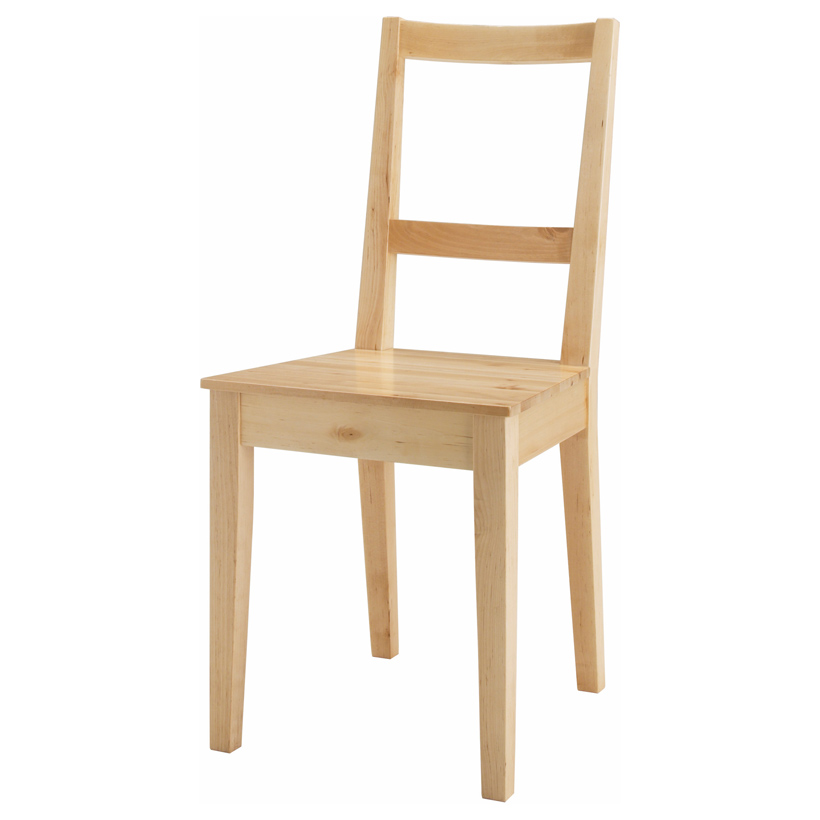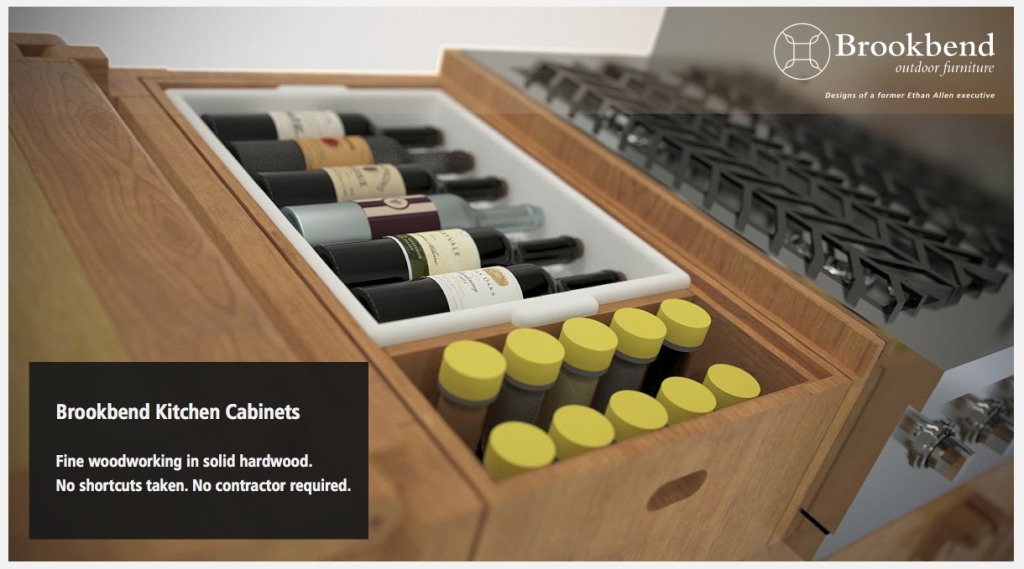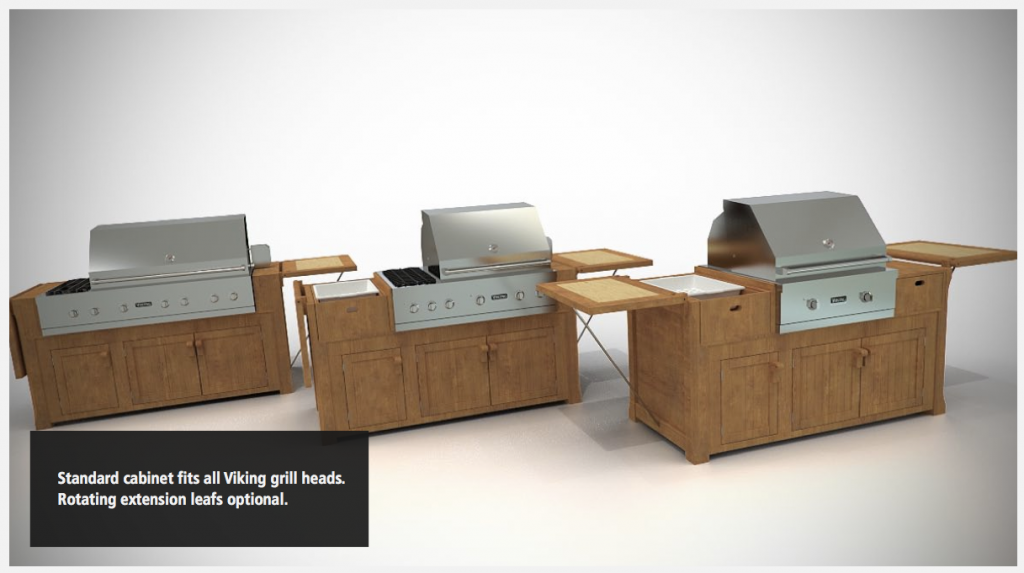How IKEA Effectively Navigated to 3D Rendering
IKEA, one of the world’s largest and most successful multinational companies, is known for providing some of the best high-quality, ready to build furniture in the world. The company’s goal is to create visually appealing furniture that appeals to a wide array of customers.
After much deliberation, IKEA decided to make a drastic change the way they produced the images of the furniture. Prior to 2004, all of the pictures of furniture were done exclusively thorough photography. That all changed when Martin Enthed and his team took on the task of implementing 3D rendering to display their furniture.
“We made 8 or 10 quite bad product visualizations by today’s standards,” says Martin, “but it sparked something and we continued to work at it.” In 2006, the first catalogue featuring 3D renderings was made available displaying a chair known as “Bertil.”
Though photography is generally an excellent way to capture furniture, IKEA wanted to try something new that would enable the process to not only be faster, but much simpler and cheaper. With traditional photography, you need to have some sort of prototype available to shot, whereas 3D rendering you can map out the final product without having to use valuable resources and time.
The Change to 3D Rendering
When IKEA wanted to make the transition, they wanted to keep the same feel that had made their previous images so successful, the ability to make the environment feel “lived in.” This was the initial challenge that IKEA had to undertake, they wanted to use 3D rendering without their customers noticing any significant changes.
It was not an easy transition, with most of the photographers opposed to the idea of switching over to 3D rendering. IKEA initially started out with individuals who were willing to make the change and eventually recruited the skeptics of 3D rendering.
3D Rendering Techniques
According to IKEA, today 60-75% of all their images that show a single product are created using 3D rendering, with most being found on their website. The advantage of using 3D rendering is IKEA is able to not only show products individually, but combine them to build a 3D room set.
The reason for such a successful transition was the use of 3DStudio Max and V-Ray to create the 3D renders. IKEA is able to take advantage of this software by creating the most photo realistic images your without second guessing if the images are computer generated or not. V-ray also comes with a large amount of settings that enable you to tweak the values of the image to create a quality final product.
IKEA has taken these techniques and developed a standard for 3D rendering and furniture. This standard has enabled them to create the highest quality images that do not need to be altered for years to come. With technology moving at such rapid rates, creating a standard for furniture rendering is becoming harder for IKEA to maintain. That being said, by taking the time and energy necessary, IKEA will continue to create some of the most realistic 3D rendering for furniture for years to come.
All images provided by CG Society




 The 3D rendering technology makes it easy to apply different colors to show similar pieces made from different types of wood, fabric, metal or plastic. The results are very realistic –
The 3D rendering technology makes it easy to apply different colors to show similar pieces made from different types of wood, fabric, metal or plastic. The results are very realistic –